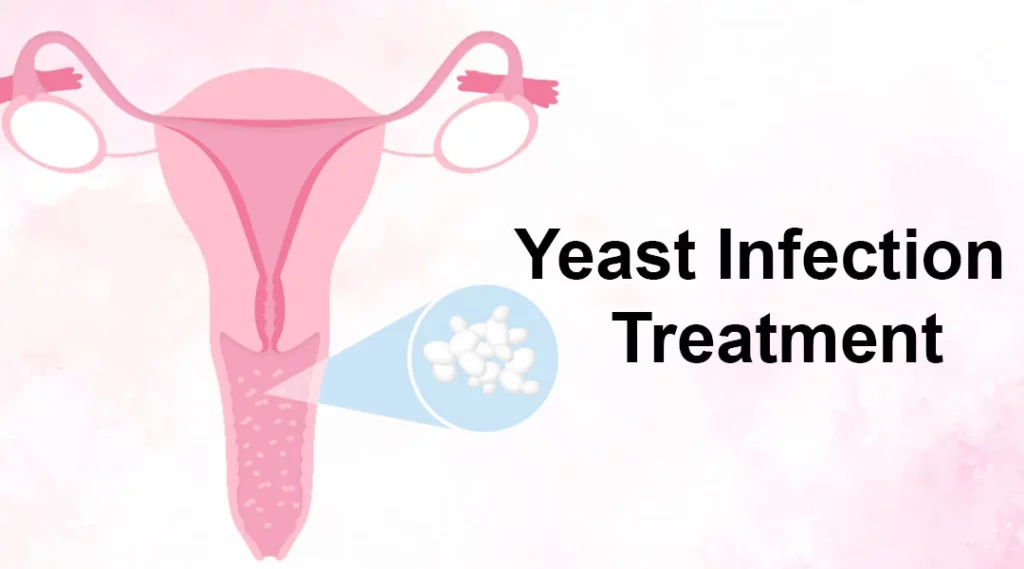How to Get Rid of a Yeast Infection in 24 Hours
Introduction to Quick Yeast Infection Remedies
Yeast infections can be a source of significant discomfort and inconvenience, prompting an urgent search for quick and effective treatments. In this article, we explore both immediate remedies and preventive measures to control and eliminate yeast infections within a day. Understanding the nature of these infections and responding promptly can significantly enhance your comfort and health.
Table of Contents
Understanding Yeast Infections
A yeast infection, medically known as candidiasis, is caused by the overgrowth of the Candida fungus, commonly Candida albicans. This condition often affects moist areas of the body such as the mouth, throat, and genitals. By understanding the underlying causes and conditions that favor its proliferation, individuals can better manage and treat their symptoms.
Factors That Contribute to Yeast Infections
Several factors can predispose individuals to yeast infections, including antibiotic use, compromised immune systems, diabetes, and hormonal changes. Identifying these triggers is crucial for both treatment and prevention.
Early Symptoms and Immediate Actions
Recognizing the early signs of a yeast infection is key to effective treatment. Symptoms often include itching, redness, and discomfort in the affected area. Once these signs are observed, immediate actions can be taken to mitigate the infection’s progression.
Recognizing the Symptoms of a Yeast Infection
Typical symptoms include itching, swelling, and a possible discharge that resembles cottage cheese. Understanding these symptoms allows for quicker decision-making in seeking treatment.
What to Do at the First Sign of Infection
Immediate steps include maintaining cleanliness, drying the affected area thoroughly, and avoiding irritants such as scented hygiene products. These initial actions can greatly reduce the severity of the symptoms.
Natural Remedies and Their Efficacy
Many natural remedies are available, ranging from yogurt and coconut oil to tea tree oil. However, the effectiveness of these remedies can vary, and they are often used in conjunction with medical treatments for better results.
Home Remedies You Can Try
Home treatments like applying yogurt directly to the infected area or using diluted tea tree oil can provide relief. It’s important to understand which natural solutions are safe and effective.
Probiotics and Their Role in Treatment
Probiotics, especially those containing Lactobacillus, can help restore the natural flora of the body, which can be beneficial in treating and preventing yeast infections.
Medical Treatments for Rapid Relief
For those seeking immediate relief, over-the-counter treatments and prescription medications are available. Understanding when and how to use these can speed up recovery.
When to Consider Over-the-Counter Medications
Antifungal creams and suppositories available over the counter can provide quick relief and are often the first treatment option for many sufferers.
Prescription Treatments: What to Expect
In severe cases, prescription antifungal medications may be necessary. These treatments are usually more potent and require a healthcare provider’s guidance.
Lifestyle Adjustments for Preventing Reoccurrence
Making lifestyle adjustments can be a critical aspect of preventing future yeast infections. This includes dietary changes and maintaining proper hygiene.
Dietary Changes to Consider
Incorporating foods that boost the immune system and reduce sugar intake can help prevent the conditions that favor yeast growth.
Importance of Hygiene and Care
Maintaining good hygiene, wearing breathable clothing, and avoiding damp environments can significantly reduce the risk of recurrent infections.
Conclusion and Preventive Tips
Concluding, the key to managing yeast infections lies in prompt treatment and preventive measures. By integrating the insights provided, individuals can achieve rapid relief and minimize future occurrences.

FAQs
- What are the fastest acting treatments for yeast infections?
- Can dietary changes really prevent yeast infections?
- Are over-the-counter treatments safe for everyone?
- What are common side effects of antifungal medications?
- How can probiotics help in yeast infection treatment?
- What are effective preventive measures against yeast infections?
What are the fastest acting treatments for yeast infections?
The quickest treatments usually include over-the-counter antifungal creams and suppositories. These can provide relief within a day and are effective for many individuals. In more severe cases, prescription antifungal medications might be recommended by a healthcare provider.
Can dietary changes really prevent yeast infections?
Yes, dietary changes can help prevent yeast infections. Reducing sugar intake, increasing the consumption of probiotic-rich foods like yogurt, and maintaining a balanced diet can enhance the body’s natural defenses against yeast overgrowth.
Are over-the-counter treatments safe for everyone?
Over-the-counter antifungal treatments are generally safe for most people. However, individuals who are pregnant, breastfeeding, or have recurring yeast infections should consult with a healthcare provider before using these products to ensure safety and appropriateness.
What are common side effects of antifungal medications?
Common side effects of antifungal medications can include skin irritation, burning, and redness at the application site. Oral antifungals might cause gastrointestinal upset, headache, and dizziness. It’s important to read the product label and consult a healthcare professional if side effects are severe or persistent.
How can probiotics help in yeast infection treatment?
Probiotics, especially those containing Lactobacillus strains, can restore and maintain healthy levels of good bacteria in the body. This helps to keep the growth of Candida in check, aiding in both the treatment and prevention of yeast infections.
What are effective preventive measures against yeast infections?
Effective preventive measures include maintaining good hygiene, wearing loose-fitting and breathable clothing, avoiding prolonged wetness in genital areas, and making dietary adjustments. Using unscented hygiene products and keeping the affected areas dry can also help prevent the occurrence and recurrence of yeast infections.



